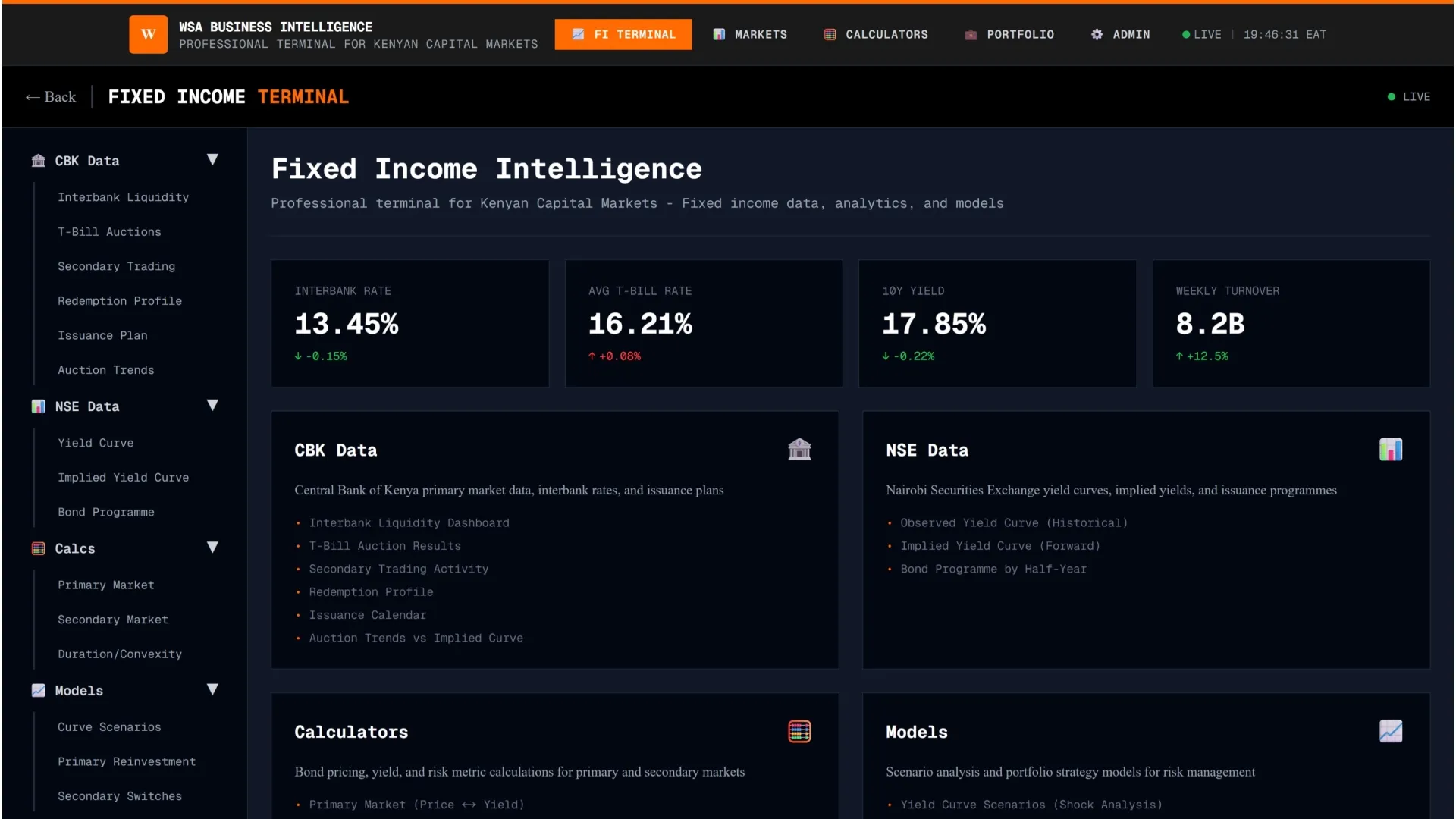Parts of East Africa risk a renewed drought as regional climate scientists forecast below-average rainfall during the upcoming October–December season, a period that provides up to 70% of annual precipitation in countries such as Kenya and Somalia.
- •The 71st Greater Horn of Africa Climate Outlook Forum (GHACOF71), held in Nairobi this week, warned of a heightened probability of drier-than-usual conditions in southern Ethiopia, much of Somalia, eastern Kenya, and swathes of Tanzania.
- •The forum, convened by IGAD’s Climate Prediction and Applications Centre (ICPAC) alongside the World Meteorological Organization, attributed the forecast to evolving La Niña conditions and other oceanic drivers.
- •IGAD noted that early warning systems and adaptive measures are crucial, as erratic rainfall could further strain food production and exacerbate displacement in conflict-prone areas.
“The likelihood of below-normal rainfall in eastern and southern parts of the region is as high as 55%,” ICPAC said in its consolidated outlook. The forecast raises concerns for agriculture, food security, water resources, and disaster management across the Horn of Africa, a region still recovering from recent droughts.
In contrast, wetter-than-average conditions are expected in parts of western Kenya, Uganda, Rwanda, Burundi, and northwestern Tanzania, where rainfall could exceed 300 millimeters over the three-month period. Scientists also project warmer-than-average temperatures across much of the eastern Horn, with the strongest anomalies in Somalia, Djibouti, Eritrea, and eastern Kenya.
The forum urged governments, humanitarian agencies, and farmers to prepare for a mixed climate picture: localized heavy rainfall in western sectors alongside a broader risk of suppressed rains in the east.
The warning comes amid signs of a possible La Niña developing between October and December, a phenomenon historically linked to drought in eastern Africa. The Indian Ocean Dipole, another key climate driver, is currently neutral but could amplify variability.
The outlook highlights the growing volatility facing the region, where climate extremes have intensified under global warming.
Kenya’s Environment Minister Dr. Deborah M. Barasa said stronger collaboration was critical: “Bridging the early warning gap requires shared knowledge, timely information, and a united regional approach. Kenya remains committed to supporting regional frameworks that strengthen climate resilience across our communities.”
Mohamed Ware, Deputy Executive Secretary of IGAD, emphasised the need for collaboration, stating, “The Greater Horn of Africa is at the frontline of the climate crisis. Climate information must reach the last mile, and only through collaboration and early action can we turn forecasts into meaningful messages that drive timely action.”




